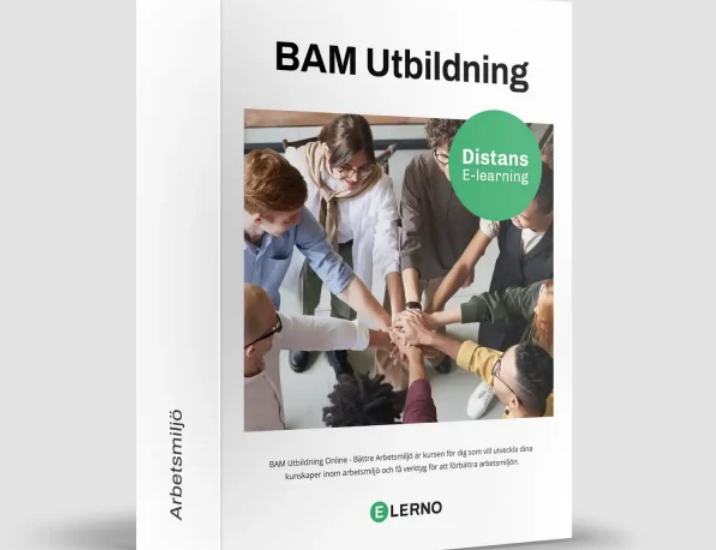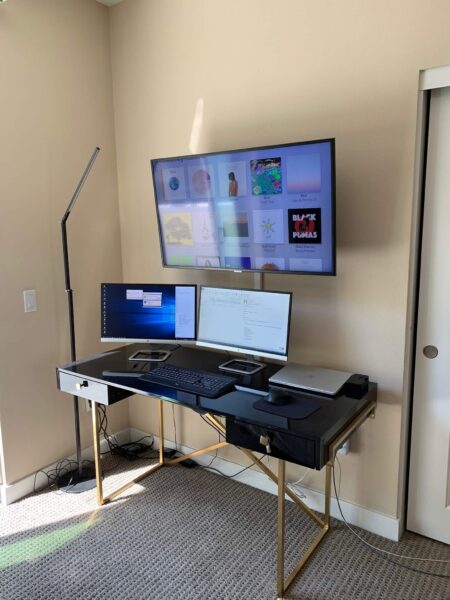Teachers and learners in today’s fast-changing technological environment advanced at breakneck speed, will undoubtedly use digital online educational tools to maximum effects in teaching and learning. They are not trend followers but hold real benefits, enhancing the learning process and making the educational experience more engaging and results-oriented. Let us now venture into the areas of why digital online educational tools are advantageous and how they can transform both the process of learning and teaching.
- Flexibility and Accessibility
The biggest perk about digital online educational tools is their flexibility. With such tools, you gain space to work according to your rhythm-not whether you’re a student wishing to review the lesson at midnight or a teacher trying to come up with interesting content over the weekend. Such access makes all the difference for anyone balancing hectic schedules or working across time zones.
- Personalized Learning Experience
Students are not equal; they all learn differently and, at times, individually at their own pace. Digital tools are also very adaptable, thus making it possible for every learner to have their experience. For instance, some learning platforms allow the students to decide what they prefer, be it to learn in the form of videos, quizzes, or even interactive exercises. Teachers use these tools to make lessons suitable for the needs of each different student. Extra help from teachers comes whenever and wherever the situations require them to do so. At this level, personalisation brings them closer to people’s needs and makes them make progress through their means.
- Interactive Content
Lectures and textbooks are available everywhere but need more colour and excitement. Online tools bring some colour into education with interactive content. Think about reading about the French Revolution versus being on a virtual tour of Versailles during the time of Louis XIV. It often utilises multimedia sources like videos, animations, and active exercises that make learning more exciting and engaging. These are mostly the things the students find interesting, and most of them will retain interest if such elements are included in the learning.
- Good Feedback and Evaluation
This means that one of the challenges of teaching is giving timely feedback. Digital tools would rather help with just that: Offer instant assessments and feedback. For instance, online quizzes would automatically grade student responses, giving quick results with possibilities for improvement. Not only does this save teachers a lot of time, but it also helps students to learn from and correct mistakes quickly. The above real-time feedback loop is, therefore, very important for keeping a productive learning environment.
- Collaboration and Connectivity
Interactions between the student and the teacher, as well as among learners, are crucial in education. Digital resources and tools are also usually feature-enhanced for multiple connections and collaboration between the students and teachers. Some of the most engaging features of digital tools include discussion forums, group projects, and live chat, breaking geographical barriers to create real-time interactions between learners. It helps in community and teamwork that otherwise would be difficult to achieve through traditional methods.
- Resource-Rich Environment
The online world is full of resources, and online learning tools include a vast wealth of them. Whether it is scholarly articles, educational videos, interactive simulations, or even e-books, the information at hand is just awe-inspiring. Many supplement already existing classroom materials while providing deeper insights into the subject matter, which allows easier investigation of subjects in their interest for students and enables teachers to enhance their lessons.
- Cost-Effective Solutions
Let’s be honest: traditional educational materials are pretty pricey. Think about the cost of textbooks, printed handouts, and other supplies for a classroom. Digital tools usually offer more cost-effective solutions, as a lot of the platforms provide free or low-cost access to their resources. It may significantly reduce the budget burden on either the students or the educational institutions, making quality education available to all.
Conclusion
Also, digital online educational tools provide many advantages that bring profitability to learning and teaching. Flexibility, personal experience, interesting content, and efficient feedback are just a few examples that make the process of education far more dynamic and accessible. If you are interested in learning more about these tools, proceed to Educational Tools for myriad resources and insights.
Putting digital tools into the classroom is not merely a way of being in step with technological advancement but really to enhance teaching, learning, and enjoyment for all. Why not take up these new resources now and discover how they might work best for you or your students? Happy learning!






